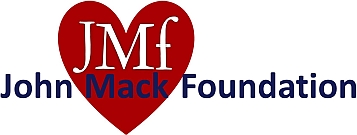Second Opinion collaborated with the American Heart Association (AHA) to produce a television special designed to teach Hands-Only CPR to all of America. CPR in America premiered on public television stations across the country on October 15. Its airing coincided with the AHA’s 2015 Guidelines Update for Cardiopulmonary Resuscitation (CPR) and Emergency Cardiovascular Care (ECC) released that same day as well as October’s Sudden Cardiac Arrest (SCA) Awareness month. The following originally appeared on Second Opinion’s website.
Each year, more than 326,000 out-of-hospital cardiac arrests occur in the United States; 90% of those people die. Survival rates can double or triple if the victim receives CPR right away. Yet 70% of bystanders feel helpless to act during a cardiac emergency because they don’t know how to administer CPR or they’re afraid of hurting the victim.
A 2012 study showed that people who view a Hands-Only CPR demonstration are significantly more likely to deliver lifesaving chest compressions. CPR in America sets out to do something no television show has ever done – teach the life-saving skill of Hands-Only CPR and change those statistics. YOU can help make a tangible difference in the cardiac arrest survival rate in your community!
CPR in America is hosted by Second Opinion’s Dr. Peter Salgo and taped before a studio audience of survivors and rescuers. The hour-long special provides easy to understand Hands-Only CPR demonstrations and shares interviews with the doctors involved in writing the new AHA guidelines. It also features survivor stories of three families whose lives were drastically changed by a cardiac event and the work they are doing to raise awareness of Hands-Only CPR and to bring CPR training into schools for all students to learn.
With the help of the American Heart Association, CPR in America will teach as many people as possible the life-saving skill of Hands-Only CPR.
Watch to learn Hands-Only CPR. It may help save a life.
SOURCE: Second Opinion

